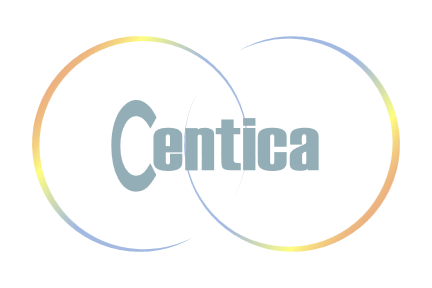RFI (Request for Information)
A Request for Information (RFI) is a business inquiry document used by procurement teams (buyers). Its purpose is to gather information from vendors or suppliers about their capabilities, products, or services. An RFI doesn’t cover specifics like price, budget, or timeline. Instead, it focuses on understanding available options and empowering the buyer to ask relevant questions as they move forward.
If you receive an RFI, consider it an opportunity to showcase your offerings and provide valuable to the buyer!
The RFI serves two purposes:
- Exploration: It allows you to explore options and gather information. The organization wants to know which businesses are best suited for the job. This is your chance to shine—showcase your capabilities!
- Fair Bidding: An RFI signals that the bidding process will be fair. All companies interested in the project can throw their hats into the ring. Your task? Examine the RFI carefully to see if your company aligns with its objectives and budget.
RFP (Request for Proposal)
An RFP (Request for Proposal) is an open request for bids to complete a new project. It’s issued by an organization seeking alternative proposals from qualified vendors
The RFP serves several purposes for the requester:
- Clear Requirements: Buyers should articulate their needs clearly in the RFP or other communication. Take your time, do your Due Diligence. Specificity helps vendors understand expectations and deliver accurate proposals.
- Timely Feedback: Provide timely feedback on submitted proposals. Delays can impact project timelines and vendor morale.
- Transparency: Be transparent about budget constraints, project constraints, and any changes in requirements. Honesty promotes effective collaboration.
The RFP from the responder:
- Attention to Detail: Pay close attention to the buyer’s requirements, project scope, and any specific instructions. Avoid assumptions and seek clarification when needed.
- Responsive Communication: Vendors should promptly reply to inquiries, acknowledge receipt of messages, and provide updates. Clear communication builds trust and ensures alignment with buyer expectations.
- Skills Showcase: Provide demonstrated skills, experience, knowledge and additional capabilities. Convince the organization that you’re the right fit.
SOW (Statement of Work)
The Statement of Work (SoW) acts as a project roadmap, capturing essential details.
Here’s our concise structure:
- Deliverables: Specify items to be delivered—think of it as the project menu. Include timelines and invoicing details.
- Cost and Terms: Decide between fixed cost or materials/time-based pricing. Negotiate wisely; the SOW establishes expectations.
- Legal Obligations: When formalizing the contract, ensure your organization meets agreed commitments. No surprises!
MSA (Master Services Agreement) a.k.a Framework Agreement
A Master Service Agreement (MSA) is a fundamental contract that outlines the scope of the relationship between two parties. It establishes terms and conditions for current and future activities and responsibilities. Essentially, an MSA sets the groundwork for subsequent contracts and facilitates efficient project management. By defining basic terms upfront, it streamlines negotiations and saves time and money for both parties. MSAs are commonly used in long-term business relationships
TSA (Transition Service Agreement)
A Transition Service Agreement (TSA) is a contractual arrangement between the buyer and the seller during the post-acquisition integration period. It allows the buyer to continue using certain services or facilities provided by the seller for a specified transition period. These services might include IT systems, human resources, accounting, or other operational functions. The TSA ensures a smooth transition while the new organization estab lishes its own infrastructure and processes
